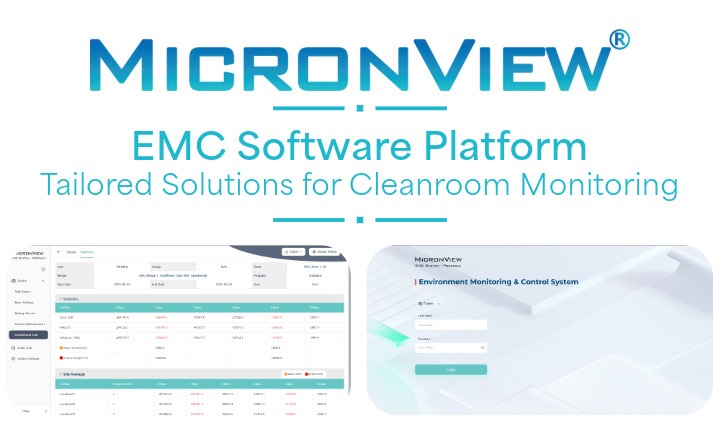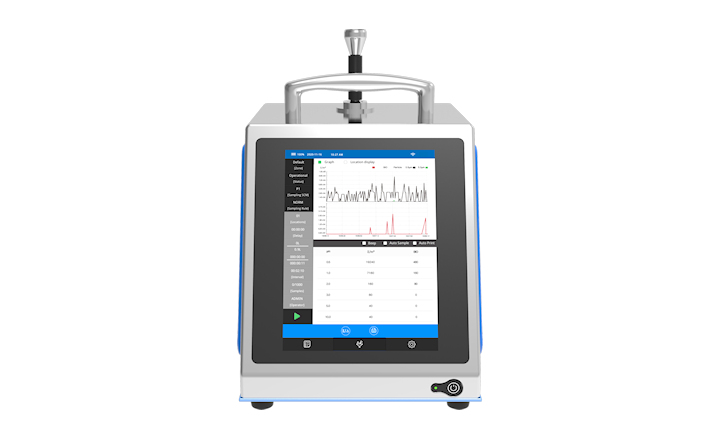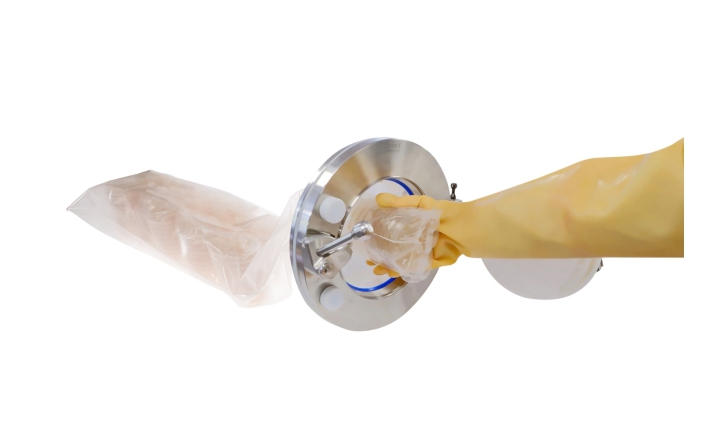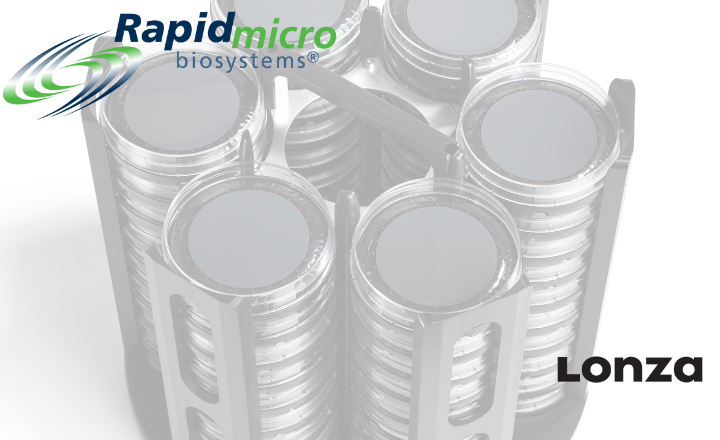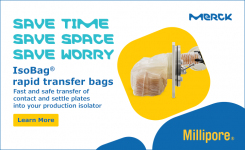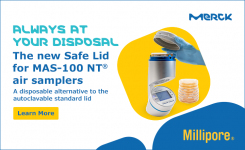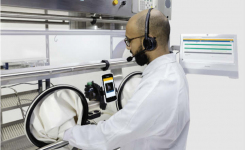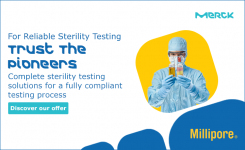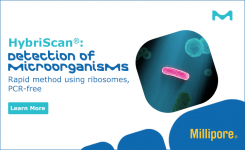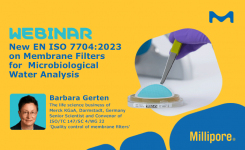Contact plates and swabs are common methods for surface monitoring in aseptic filling lines for pharmaceuticals. Both methods are recommended by the current European and US GMP guidance. The published recovery rates for several swabs and contact plates vary widely due to differences in chosen methods, surfaces, and test microorganisms. This variability is also reported by the USP chapter <1116>, but the methods should be able to detect low levels of microorganisms, especially in grade A cleanrooms or isolators.
The manufacturing of drugs in isolators is an obvious trend in the pharmaceutical industry and therefore, microorganisms must be detected from surfaces commonly used in isolators, such as isolator gloves, e.g. made from Neoprene®.
This study was designed to prove the suitability of ICR Swabs (Ref. No. 146529) and lockable TSA w. LTHThio contact - ICR+ (Ref. No. 146783) contact plates, to detect low numbers of different bacterial test strains from Neoprene® gloves. The ICR Swab is designed for presence/absence tests on dry and hard-to-access surfaces, whereas ICR contact plates are suitable for the enumeration of microorganisms on flat, dry surfaces in cleanrooms and isolators. As a control, an "Agar Overlay" method was chosen to determine the number of surviving microorganisms.
Click here to download the complete study



